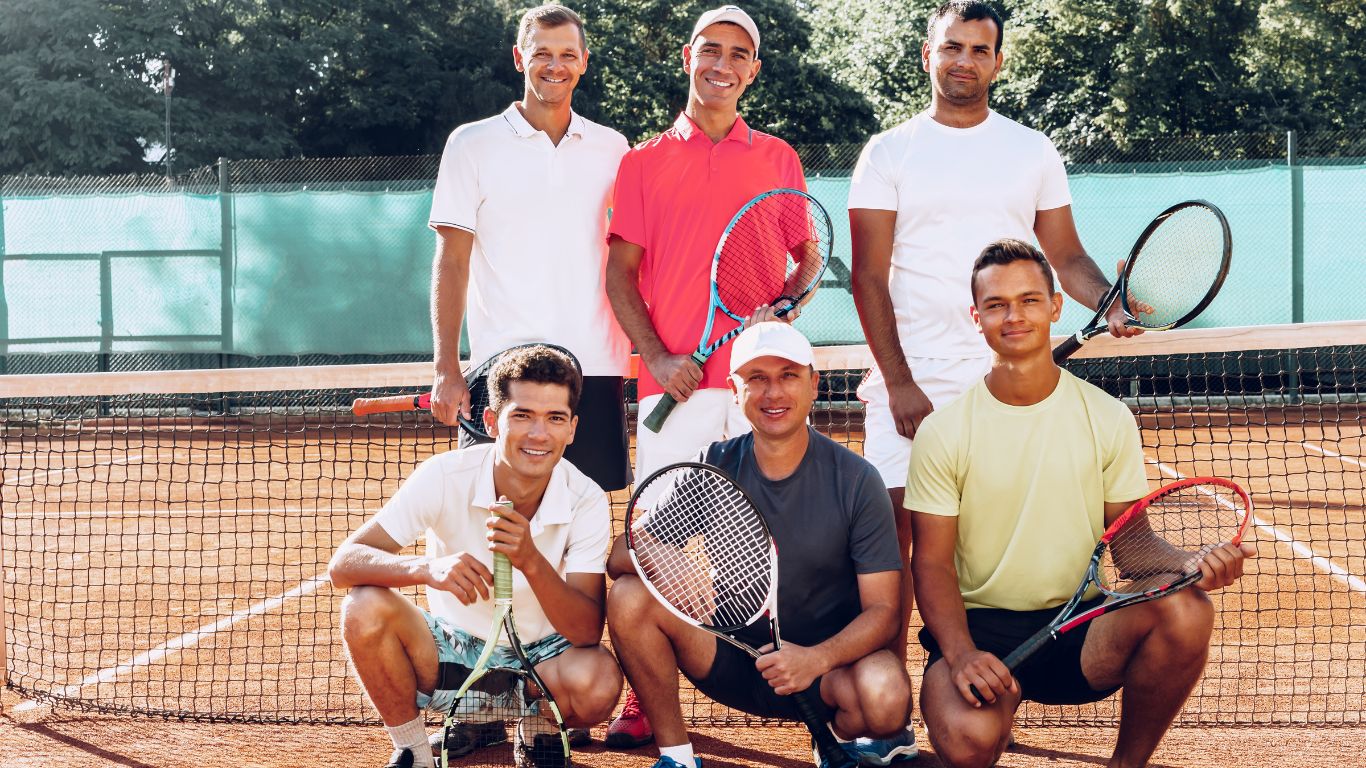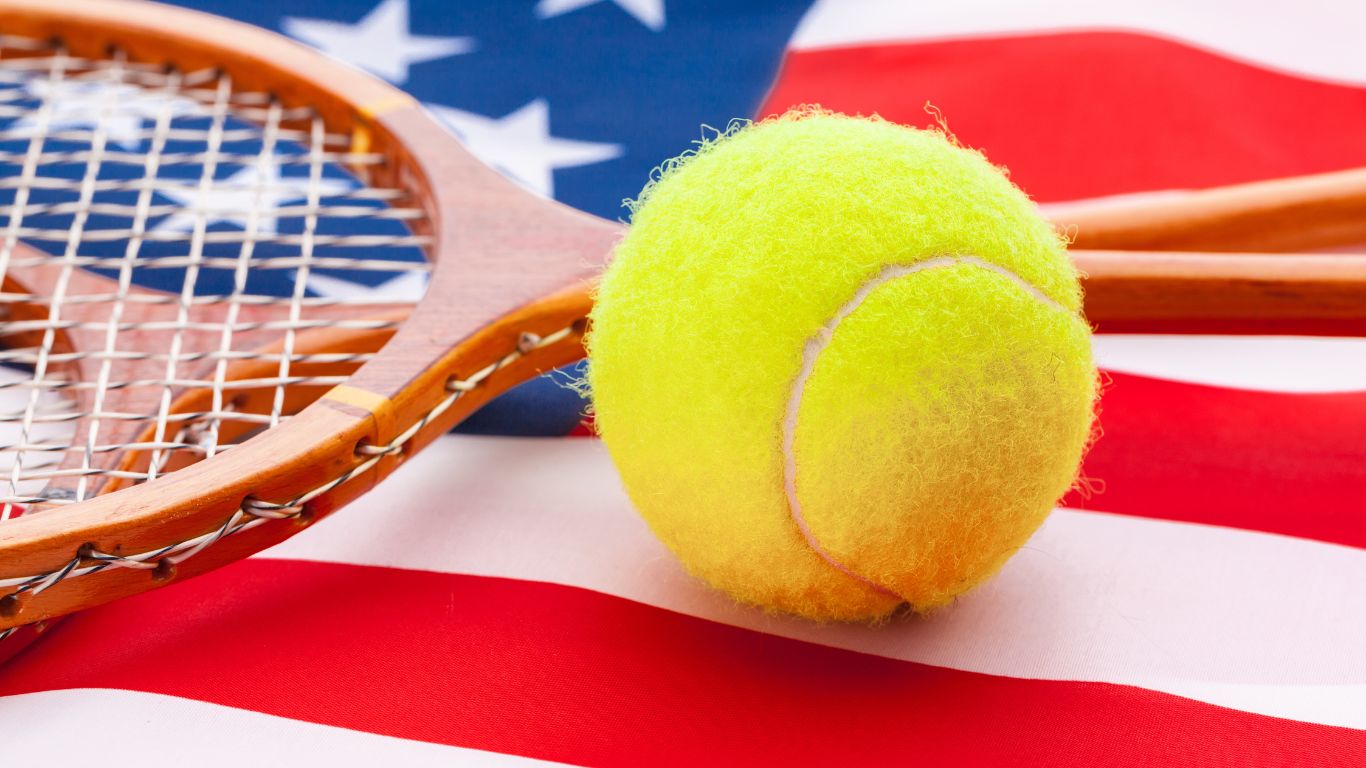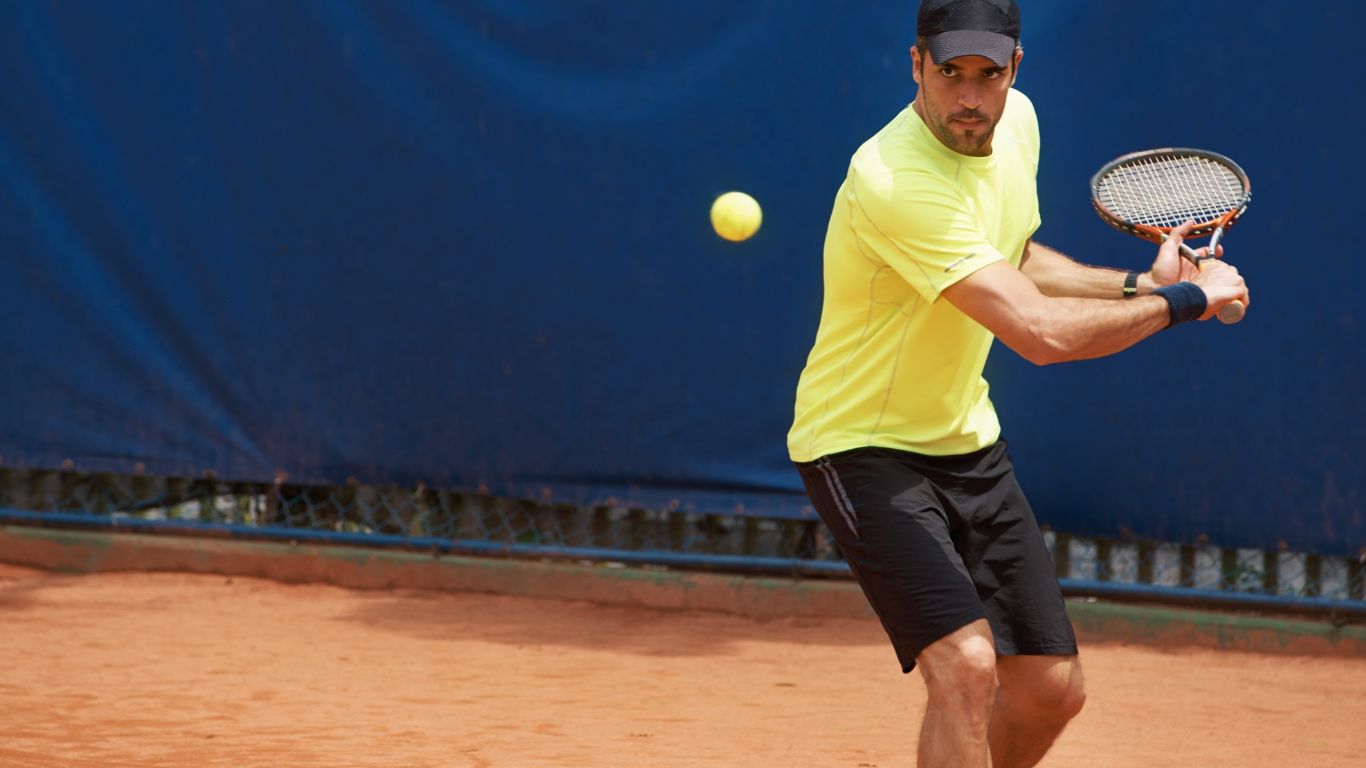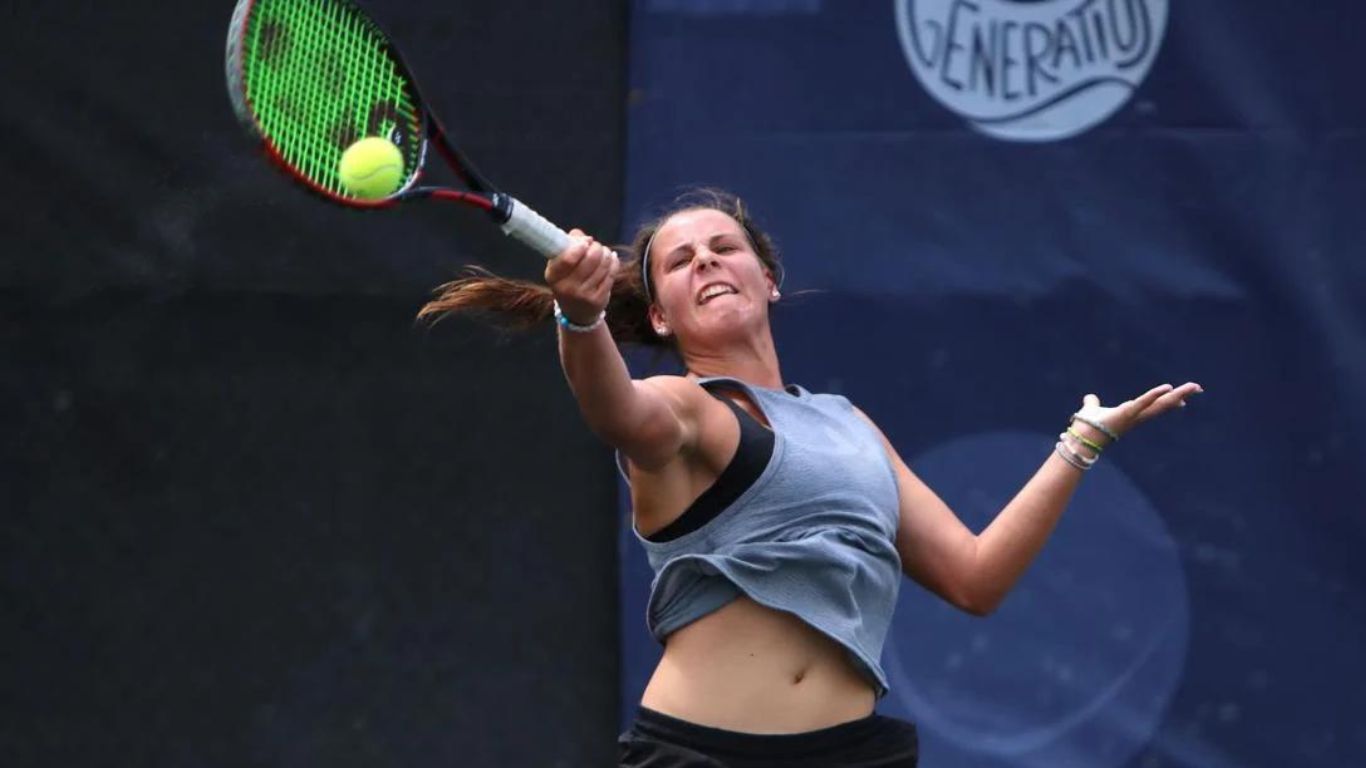Men’s tennis has a storied history that dates back to the late 19th century, with origins in lawn tennis. Over the decades, it has transformed into one of the most watched and revered sports globally. The transition from amateur to professional status in 1968 marked the beginning of the Open Era, allowing both amateurs and professionals to compete in all tournaments. This change revolutionized the sport, leading to increased competition and greater visibility.
Major Tournaments and Championships
Wimbledon
Regarded as the most prestigious tennis event, Wimbledon is the oldest tennis tournament, inaugurated in 1877. Played on grass courts, it retains a sense of tradition and heritage, making it unique among the Grand Slam events. Roger Federer’s record 8 Wimbledon titles exemplify his dominance on this historic stage. The 2008 final between Federer and Nadal, often hailed as the most excellent match in tennis history, is a testament to the tournament’s significance.
US Open

The US Open, the final Grand Slam of the year, has roots extending back to 1881. Played on hard courts, it is known for its electric atmosphere and high-stakes matches. Novak Djokovic’s victory in 2011, part of his stellar season where he won three out of four Grand Slams, is a memorable highlight. The US Open often serves as the decider for the year’s top player, adding to its importance.
French Open
Held at Roland Garros, the French Open is the premier clay court championship. Its unique red clay surface presents a distinct challenge, demanding exceptional physical endurance and strategic play. Rafael Nadal’s incredible 13 titles here have earned him the moniker “King of Clay,” underscoring his mastery of this demanding tournament.
Australian Open
The Australian Open, the first Grand Slam event of the year, is known for its innovation and progressive approach. Played on hard courts, it features advanced facilities like retractable roofs. The tournament has witnessed numerous historic moments, including the dominance of the ‘Big Three’—Federer, Nadal, and Djokovic.
Notable Male Tennis Players
Roger Federer
Roger Federer’s elegant and versatile playing style has captivated audiences worldwide. With a decisive serve-and-volley game and fluid movement, Federer has achieved 20 Grand Slam titles, including eight at Wimbledon. His ability to adapt to different surfaces and his record of 310 weeks as world No. 1 highlight his remarkable career.
Rafael Nadal
Rafael Nadal’s aggressive physical style, particularly on clay courts, distinguishes him from his peers. With 13 French Open titles, Nadal’s domination on clay is unparalleled. His career Grand Slam, winning each major at least once, showcases his versatility and resilience.
Novak Djokovic

Novak Djokovic’s baseline consistency and defensive prowess make him a formidable opponent. In his 2011 season, he won three out of four Grand Slam titles, solidifying his place among tennis greats. Djokovic’s adaptability across court surfaces and his ability to outlast opponents in long rallies are key elements of his success.
Evolution of Men’s Tennis Equipment
Advancements in technology have significantly impacted tennis equipment, enhancing performance and player experience. From wooden rackets to modern graphite and carbon fiber composites, rackets have evolved to allow for greater power and control. Innovations in string materials and tension, as well as improvements in footwear and apparel, have also contributed to the game’s development.
Training and Fitness Requirements for Players
Modern tennis demands rigorous training and exceptional physical fitness. Players undergo comprehensive conditioning programs focusing on agility, endurance, strength, and flexibility. Nutrition and recovery strategies are integral to maintaining peak performance. The sport’s physical demands, coupled with the need for mental resilience, require a holistic approach to training.
Impact of Technology on the Sport
Technology has revolutionized tennis, from Hawk-Eye line-calling systems to advanced analytics. Data-driven insights enable players and coaches to refine strategies and improve performance. Wearable technology monitors vital statistics, aiding in injury prevention and recovery. The integration of virtual reality and AI promises to enhance training methodologies and fan engagement further.
Frequently Asked Questions (FAQs)
What is the significance of the Grand Slam tournaments in men’s tennis?
The Grand Slam tournaments—Wimbledon, the US Open, the French Open, and the Australian Open—represent the pinnacle of achievement in men’s tennis. They are the most prestigious and widely watched events, each offering unique challenges due to their distinct surfaces and traditions. Winning a Grand Slam is considered a significant milestone in a player’s career.

How has technology impacted tennis training and performance?
Technology has significantly enhanced tennis training and performance through innovations such as Hawk-Eye line-calling, wearable fitness trackers, and advanced analytics. These tools provide invaluable data on player movements, strategies, and physiological metrics, enabling more precise and effective training regimens. Wearable technology helps monitor vital signs and prevent injuries, while AI and virtual reality are opening new possibilities for immersive training experiences.
Who are the ‘Big Three’ in men’s tennis, and why are they important?
The ‘Big Three’ refers to Roger Federer, Rafael Nadal, and Novak Djokovic. They are considered the most dominant and influential players in modern tennis history. Collectively, they have won numerous Grand Slam titles and set unparalleled records, shaping the sport’s landscape with their extraordinary skill and competitive spirit.
What makes Rafael Nadal the ‘King of Clay’?
Rafael Nadal is dubbed the ‘King of Clay’ due to his extraordinary success at the French Open, held at Roland Garros on a unique red clay surface. Nadal’s aggressive playstyle, exceptional endurance, and strategic mastery of clay courts have led him to win a record 13 French Open titles, underscoring his unparalleled dominance on this surface.
How has men’s tennis equipment evolved over the years?
Men’s tennis equipment has evolved significantly, transitioning from wooden rackets to advanced graphite and carbon fiber composites. These modern materials offer greater power and control. Additionally, advancements in string technology, racket tension, and footwear have contributed to improved performance and player comfort, enabling athletes to play at higher levels than ever before.
What are the physical and mental demands of professional tennis?
Professional tennis requires rigorous physical conditioning and mental resilience. Players must develop agility, endurance, strength, and flexibility through comprehensive training programs. Nutrition and recovery are also crucial. The sport’s high physical demands necessitate a holistic approach to fitness, while mental toughness is essential for handling the pressures of competition and maintaining peak performance.
How does the Open Era differ from the period before 1968?
The Open Era, which began in 1968, marked a pivotal shift in men’s tennis by allowing both amateurs and professionals to compete in all tournaments. This inclusive approach elevated the level of competition, increased global visibility, and contributed to the sport’s professionalization. Prior to this era, significant tournaments were restricted to amateur players, limiting the quality and competitive diversity of the matches.
Conclusion The Future of Men’s Tennis
The future of men’s tennis looks promising, with emerging talents poised to continue the legacy of the sport’s legends. Advances in technology and training will likely produce even more exhilarating matches and higher levels of performance. As the ‘Big Three’ era eventually winds down, a new generation of players will carry the torch, ensuring that men’s tennis remains a captivating and dynamic spectacle.










